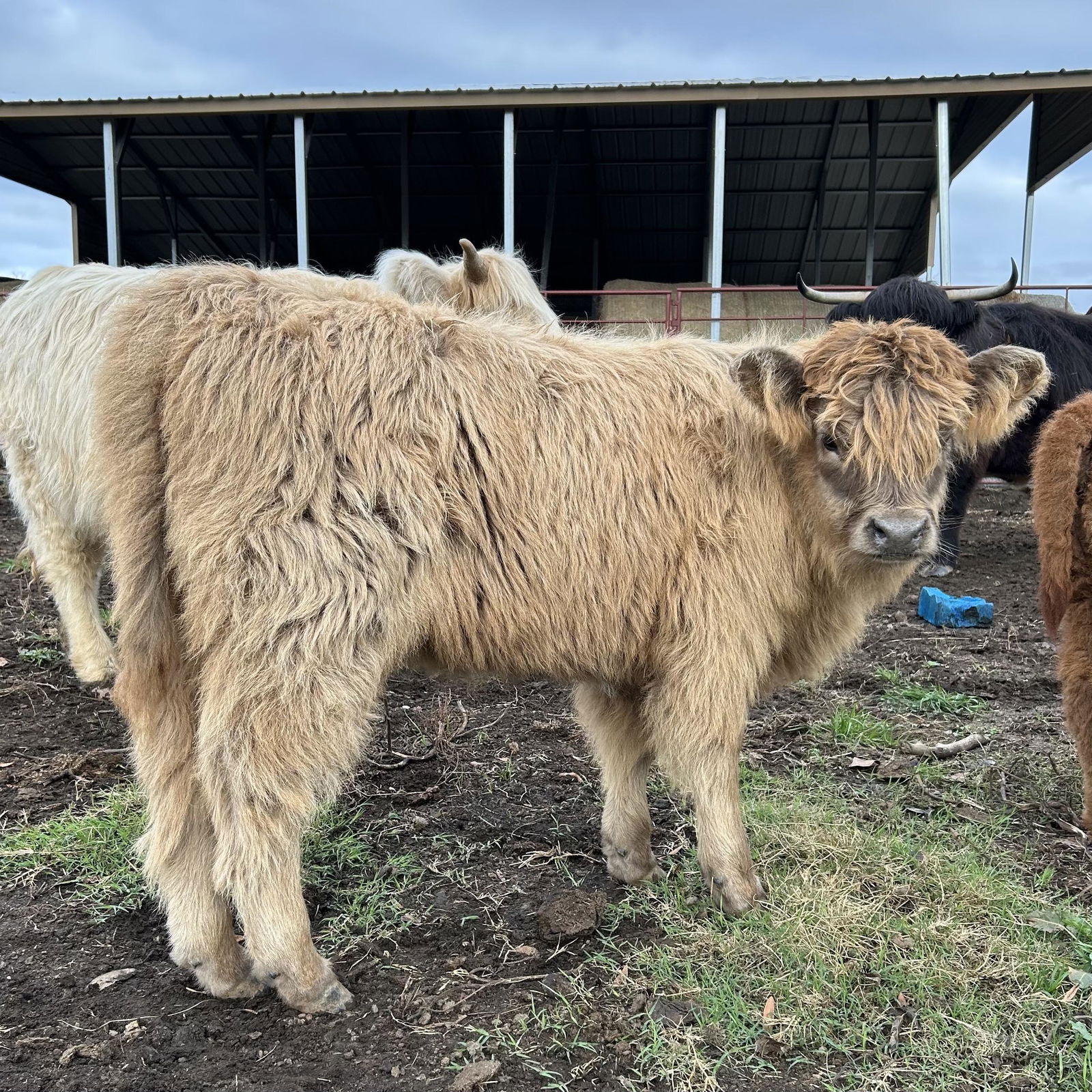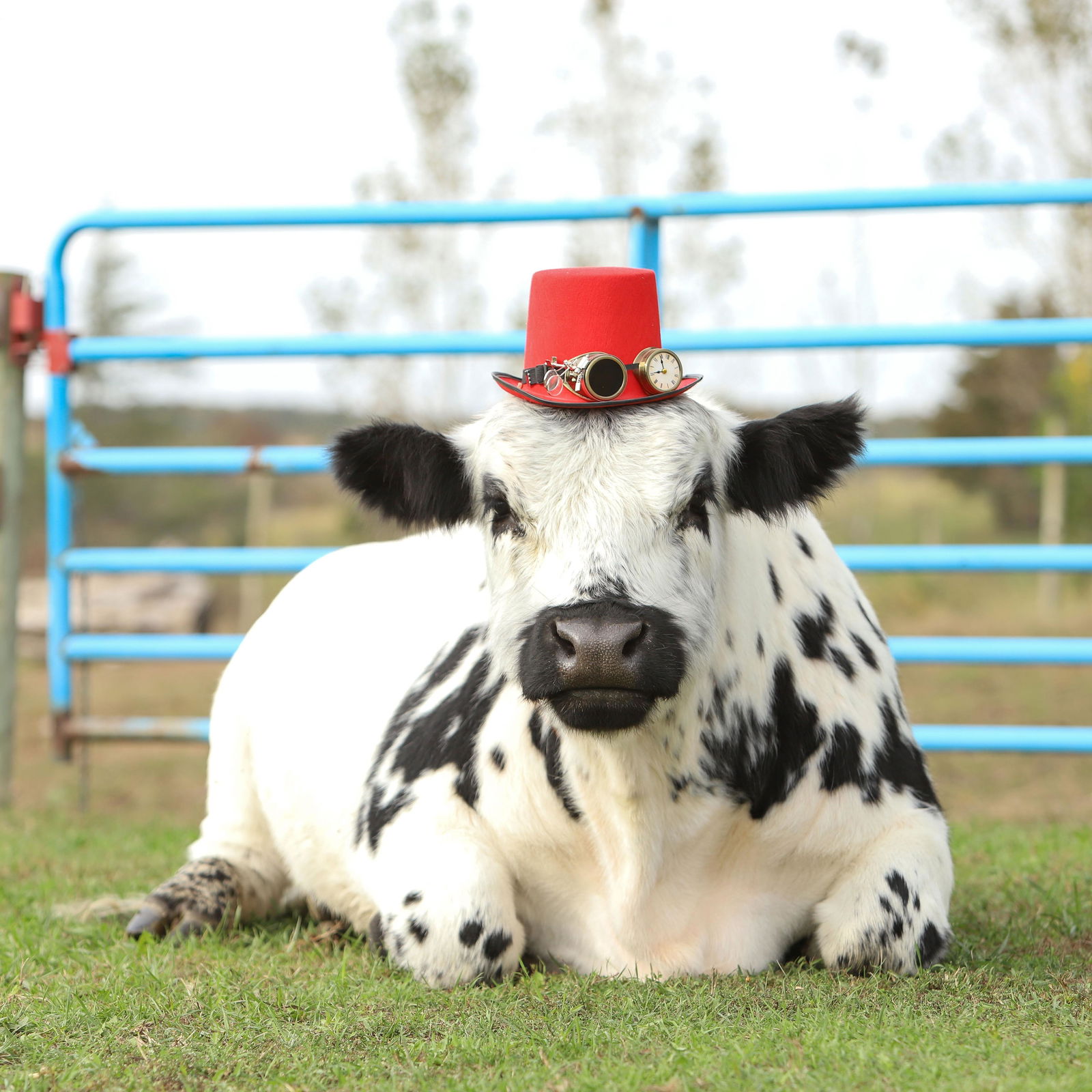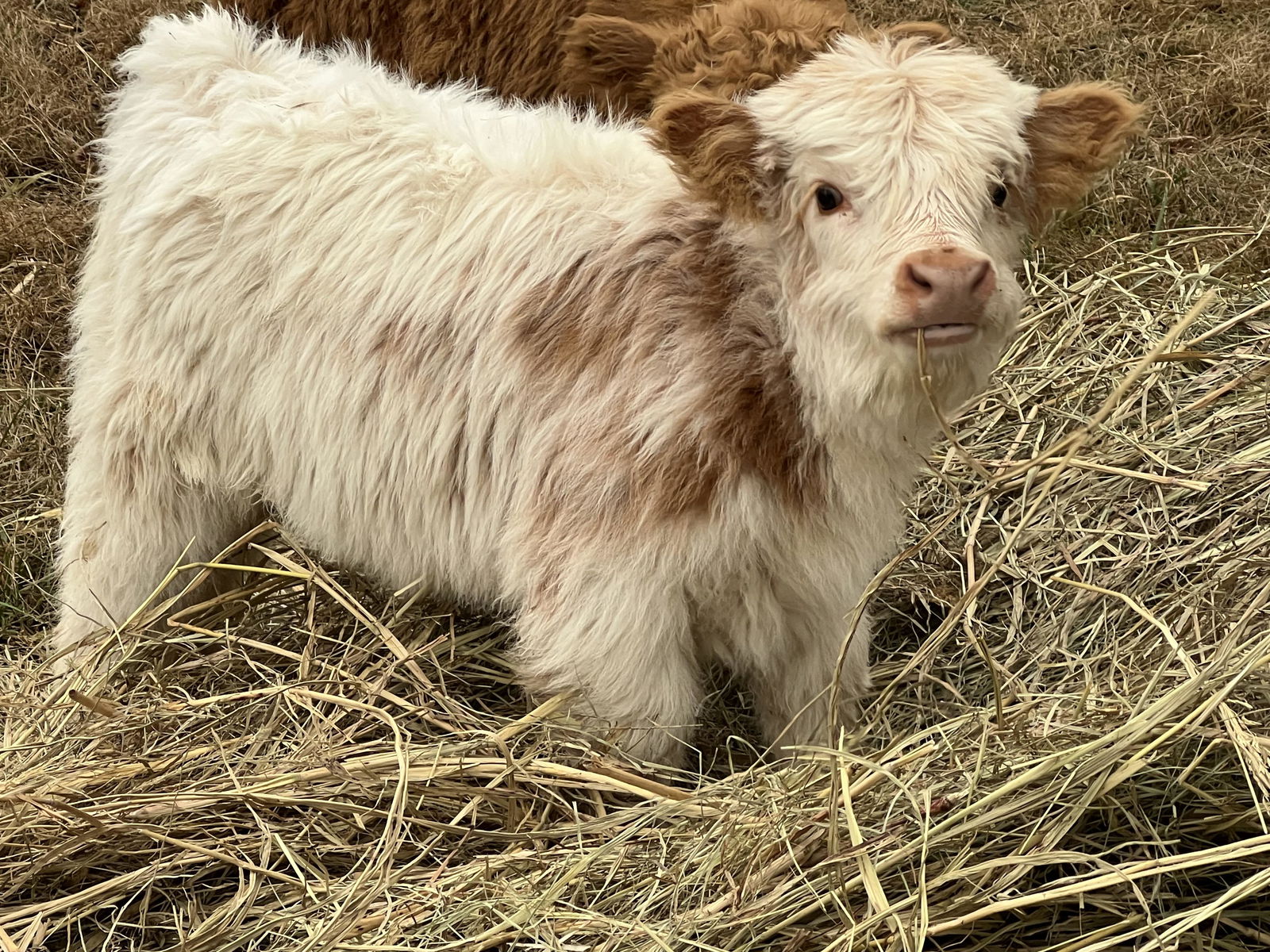How to Breed, Care for, and Sell Your Pets, Livestock, and Other Animals
We’re animal people. Most of us started as animal kids, always dreaming, learning about, and if we were lucky, actually keeping them. Here at Creatures, we believe it’s possible to nurture that passion through a lifetime and even make money doing it.
Raising and selling animals isn’t just about the fun or potential income, though. We have to do it responsibly and ethically. Whether we’re breeding Scottish highland cattle, miniature donkeys, heritage poultry, or Maine coon cats, the well-being of our animals always comes first. Ethical breeding, proper care, and smart selling strategies aren’t just good practices. They’re what separates reputable breeders from the rest.
Buyers are more informed than ever, and regulatory oversight is increasing. From animal welfare laws to biosecurity protocols, staying ahead of industry standards is essential.
Selling animals also involves a lot of research, pricing knowledge, and marketing strategies. Let’s break down the key aspects of breeding, caring, and selling animals that every responsible breeder and seller should master.
Buy and Sell Animals
Whether you’re looking to buy or sell animals, the process can be exciting yet challenging. Buyers want to ensure they’re making the right choice, while sellers need to effectively present their animals to attract the right buyers. Fortunately, Creatures.com makes the process easier for everyone involved, ensuring a smooth transaction from start to finish.
At Creatures.com, buyers can find listings from verified and trusted sellers. Our platform helps you avoid the hassle of in-person visits and ensures you get all the necessary information you need to make an informed decision.
Creatures.com provides an easy-to-use interface where sellers can create detailed listings with images, videos, and all the necessary information, making it easier to attract the right buyers.

Top 10 Most Profitable Farm Animals for Modern Farmers
Farming is not just about survival or tradition anymore. It’s a strategic business. Land is expensive. Feed prices are volatile. Labor is harder to find. And the market? It’s constantly shifting. So when we talk about “profitable farm animals,” we’re not just tossing around buzzwords. We’re talking about maximizing your return on every acre, every […]

7 Steps to Sell Livestock Animals Online (in 2025)
Selling livestock online is more than just creating a listing and waiting for a buyer. Whether you’re a small-scale breeder or run a large farm, you’ll need to plan strategically to succeed. Online animal marketplaces like Creatures make it easier than ever before to find buyers. But it’s a growing market, and you’ll need to […]

Animals for Sale: 7 Tips for a Smooth Buying Experience
Buying livestock is a major investment. If you’re expanding a breeding program, adding to your stock, or entering into a new type of animal husbandry, your decisions can have a huge impact. Online animal marketplaces have changed the buying process in the last few years with the convenience they offer. But whether you buy from […]
Listing Strategies for Sellers
When it’s time to list your animals for sale, you want the right buyers and the best price. At Creatures, we want to equip sellers with the knowledge they need to attract the right buyers for their pets and livestock for sale.
A well-crafted listing sets the right expectations and attracts quality buyers. Use high-quality, clear images of your animals, be responsive to inquiries, and list on a reputable animal marketplace. You should also provide a detailed description of your listings, such as age, health status, lineage, and training background.
Showcase Quality and Genetics with Livestock Shows
Livestock shows are more than just competitions. They’re opportunities for breeders to showcase superior genetics, network with potential buyers, and enhance their reputation. Winning or placing well in shows can significantly increase the market value of your animals.
Select your best animals for the show and make sure they’re well-trained, groomed, and accustomed to handling. Make sure vaccinations, deworming, and veterinary checks are up to date before transport.
There are plenty of benefits of participating in livestock shows. It increases visibility and credibility and allows you to get the attention of direct buyers. Even if you don’t win, participation alone boosts your animals’ marketability. Many buyers look for show-quality genetics when purchasing breeding stock.
Ethical Concerns for Live Animals for Sale
Selling live animals, whether for breeding, work, or meat production, comes with a set of ethical obligations. In recent years, public concern over animal welfare in commercial breeding has grown significantly. Breeders must prioritize humane treatment, transparent business practices, and responsible sales.
As a seller, it’s important to be transparent with buyers about sick animals and provide full disclosure. It’s also important to comply with laws and regulations and avoid unethical practices like overbreeding and selling unweaned or underage animals.
Follow Animal Welfare Regulations
Animal welfare isn’t optional; it’s a core responsibility. High animal welfare standards increase the longevity, fertility, and overall value of your animals. Avoid overcrowding animals since it can lead to stress, aggression, and disease transmission.
Some breeders cut corners on feed costs, but a proper diet is crucial for animal health. Even minor infections or untreated injuries can spiral into larger health crises. Avoid these violations to ensure you’re complying with regulations.
Nutrition and Health Management
Feeding animals isn’t as simple as throwing down hay or grain. Each species and breed has different dietary needs based on growth stages, productivity, and climate. A well-balanced diet prevents disease, improves fertility, and enhances coat and muscle condition.
Basic Nutritional Requirements
| Animal | Primary Diet | Supplementary Needs |
| Cattle | Grass, hay, silage | Mineral supplements, grain |
| Sheep & Goats | Pasture, hay | Copper (varies by species), salt blocks |
| Poultry | Layer feed, grains | Grit for digestion, calcium for eggshells |
| Pigs | Grains, kitchen scraps | High protein sources for growth |
| Horses | Pasture, hay | Grain for working horses, salt licks |
Animal Breeding Strategies
Smart breeding isn’t just about producing more animals—it’s about producing better animals.
Best Practices for Responsible Breeding
- Track genetic lineage to avoid inbreeding risks.
- Select breeding pairs carefully for strong genetics, temperament, and health.
- Implement rotational breeding to maintain genetic diversity in your herd or flock.
- Consider AI (artificial insemination) for genetic improvement and disease prevention.
A strong breeding program enhances market value and longevity.
Housing and Space Requirements
Providing adequate shelter and space is essential for preventing stress, disease, and injury.
General Space Guidelines
| Animal | Minimum Space Requirement per Animal |
| Cattle | 1-2 acres per cow |
| Miniature Donkeys | 0.5 acres per donkey |
| Sheep/Goats | 16-25 square feet per animal indoors, pasture required |
| Pigs | 8 square feet per pig (indoor) |
| Chickens (Free-Range) | 10-15 square feet per bird outdoors |
These are minimums—more space always results in better health and behavior.
Raise and Sell Animals the Right Way
Animal breeding and care require dedication, knowledge, and ethical responsibility. Whether you’re improving bloodlines, preparing for livestock shows, or listing animals for sale, best practices set you apart from subpar breeders.
By prioritizing animal welfare, transparency, and strategic marketing, you enhance your reputation and ensure long-term success in the industry.

 All Species & Breeds
All Species & Breeds
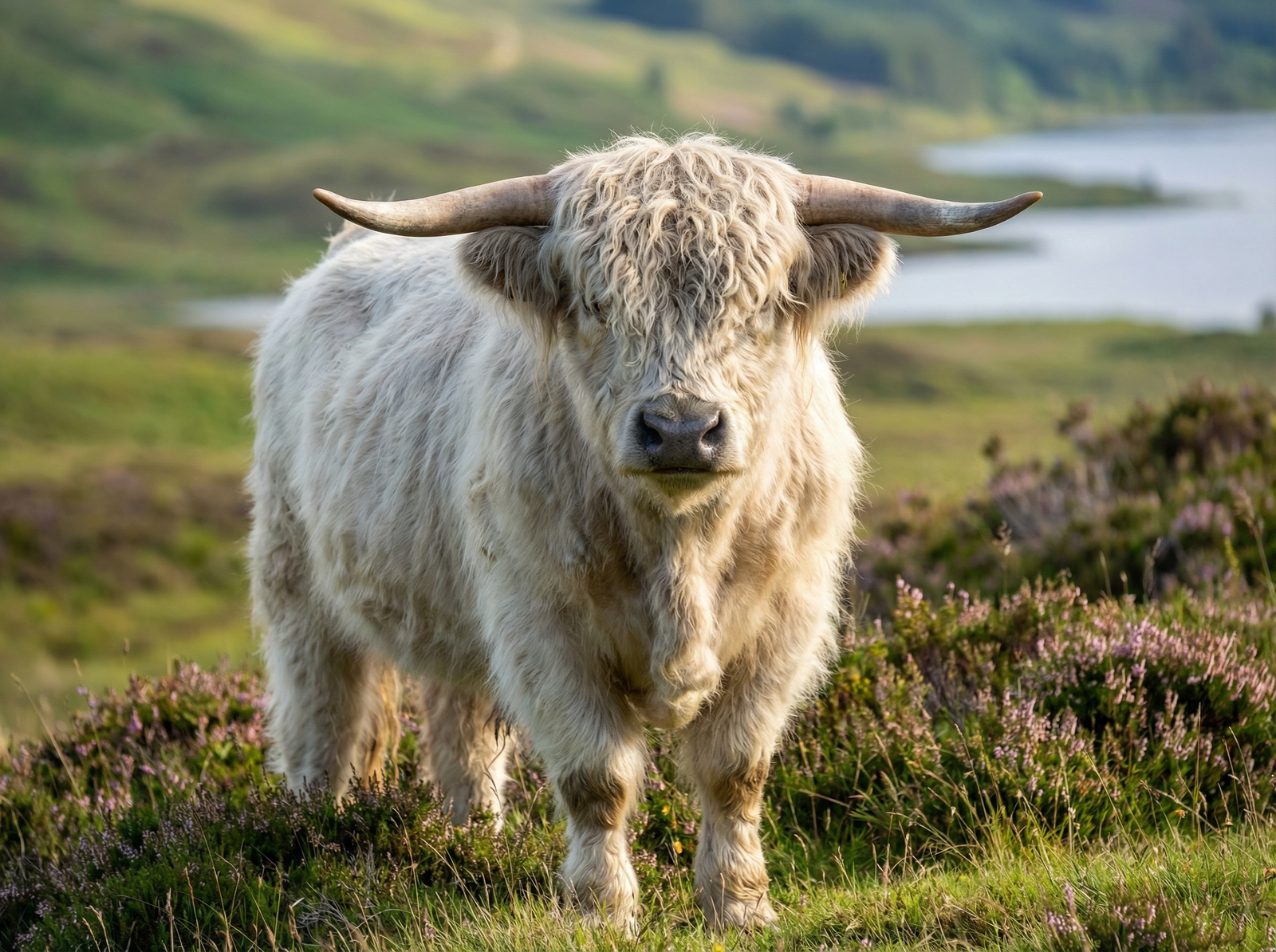 Highland Cattle
Highland Cattle
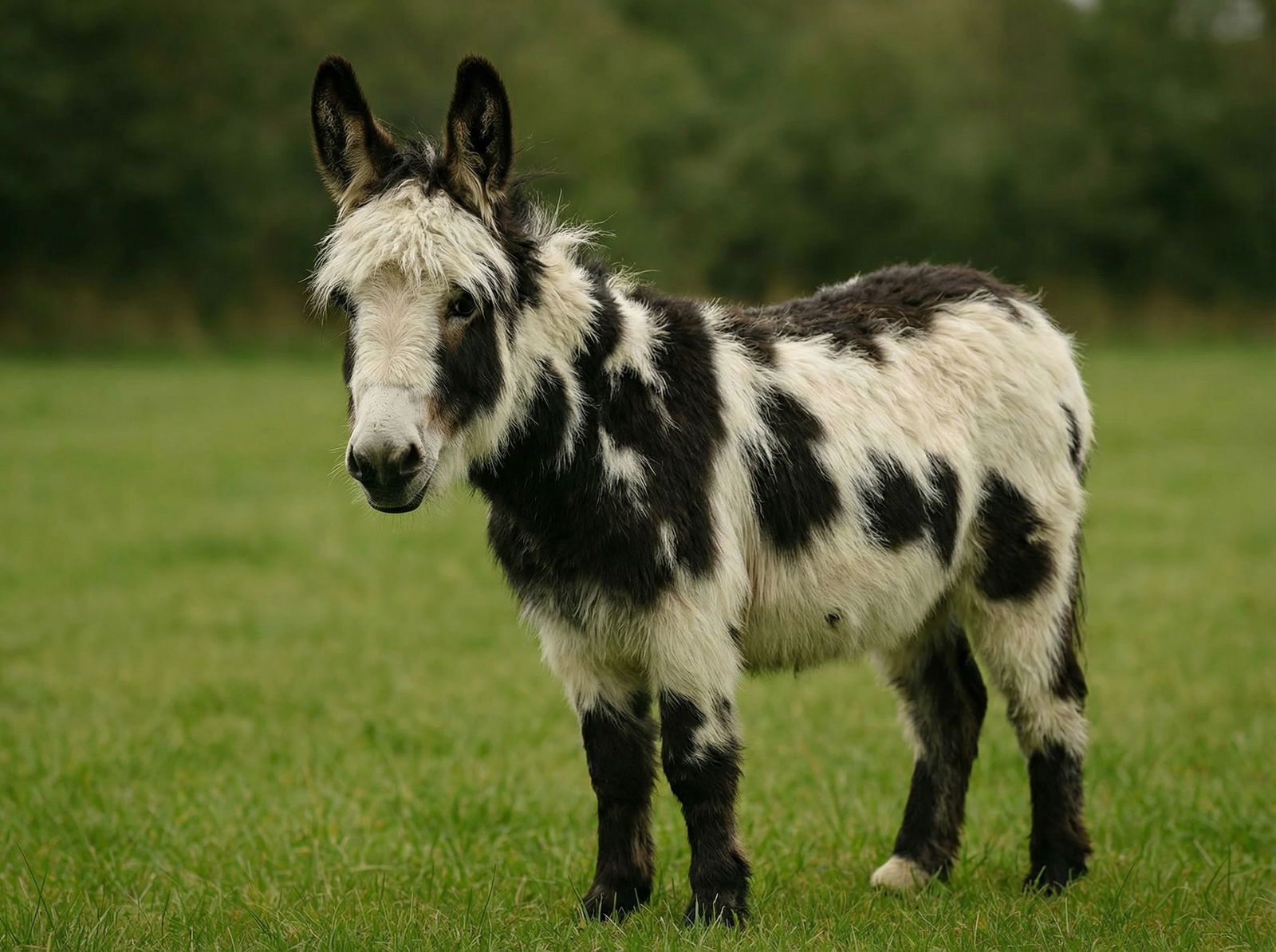 Miniature Donkeys
Miniature Donkeys
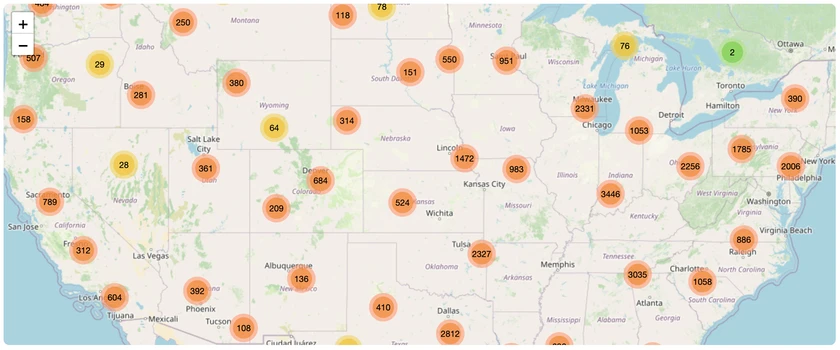 All Species Directory
All Species Directory
 Highland Cattle in Virginia
Highland Cattle in Virginia
 Miniature Donkeys in Texas
Miniature Donkeys in Texas




